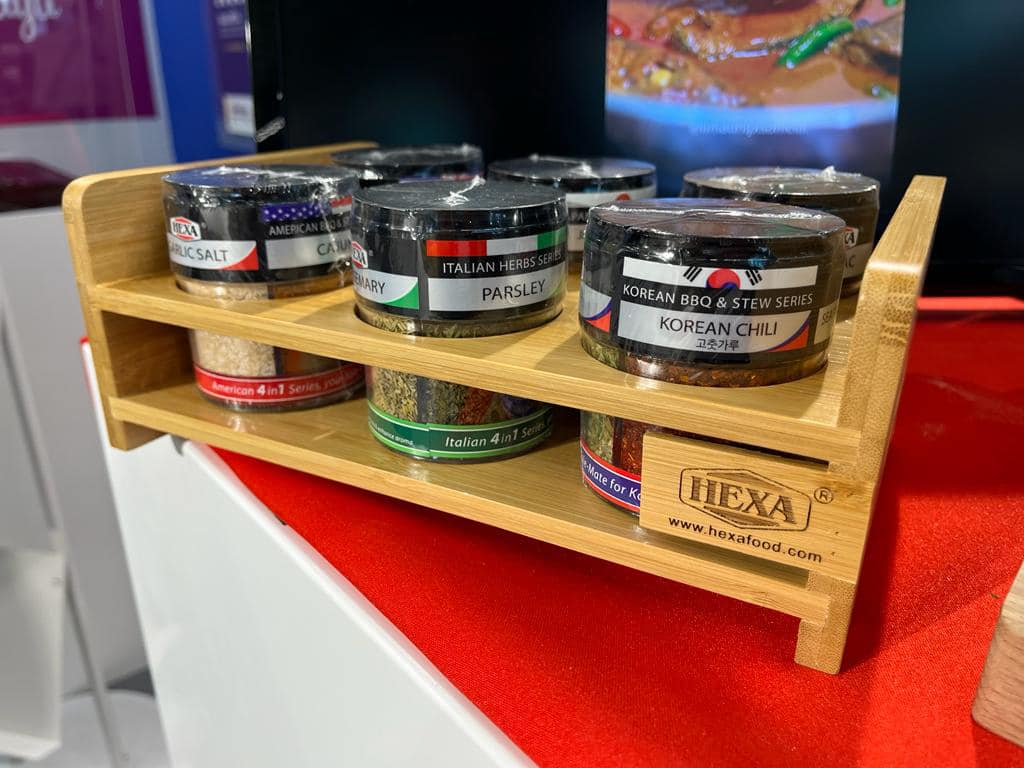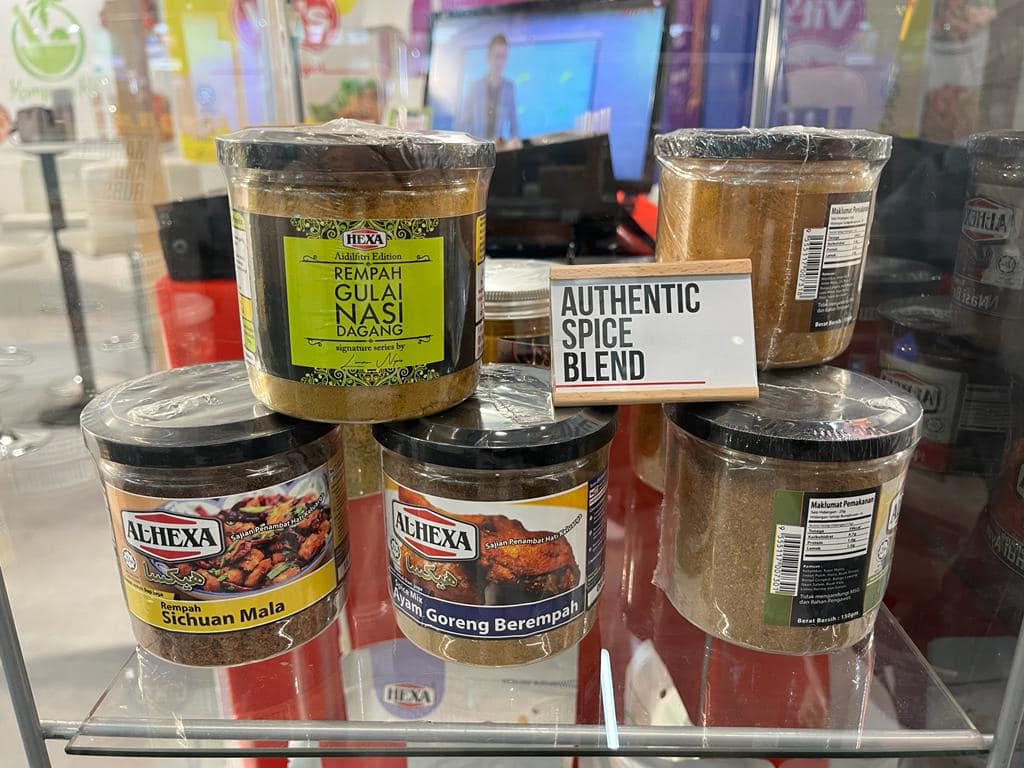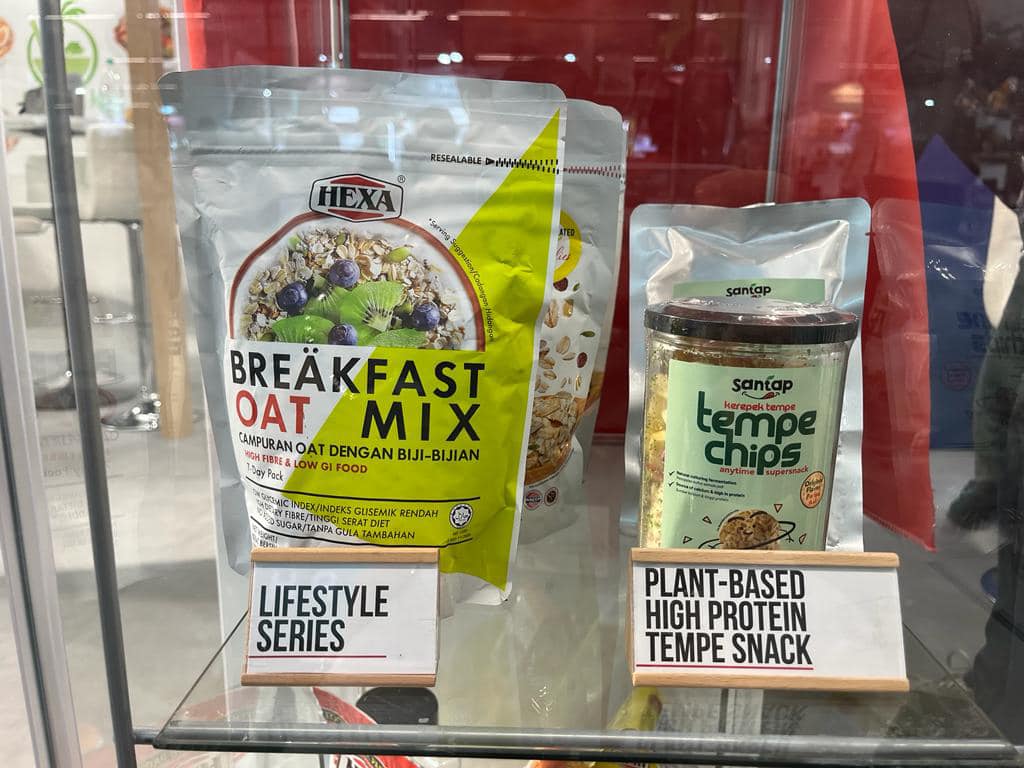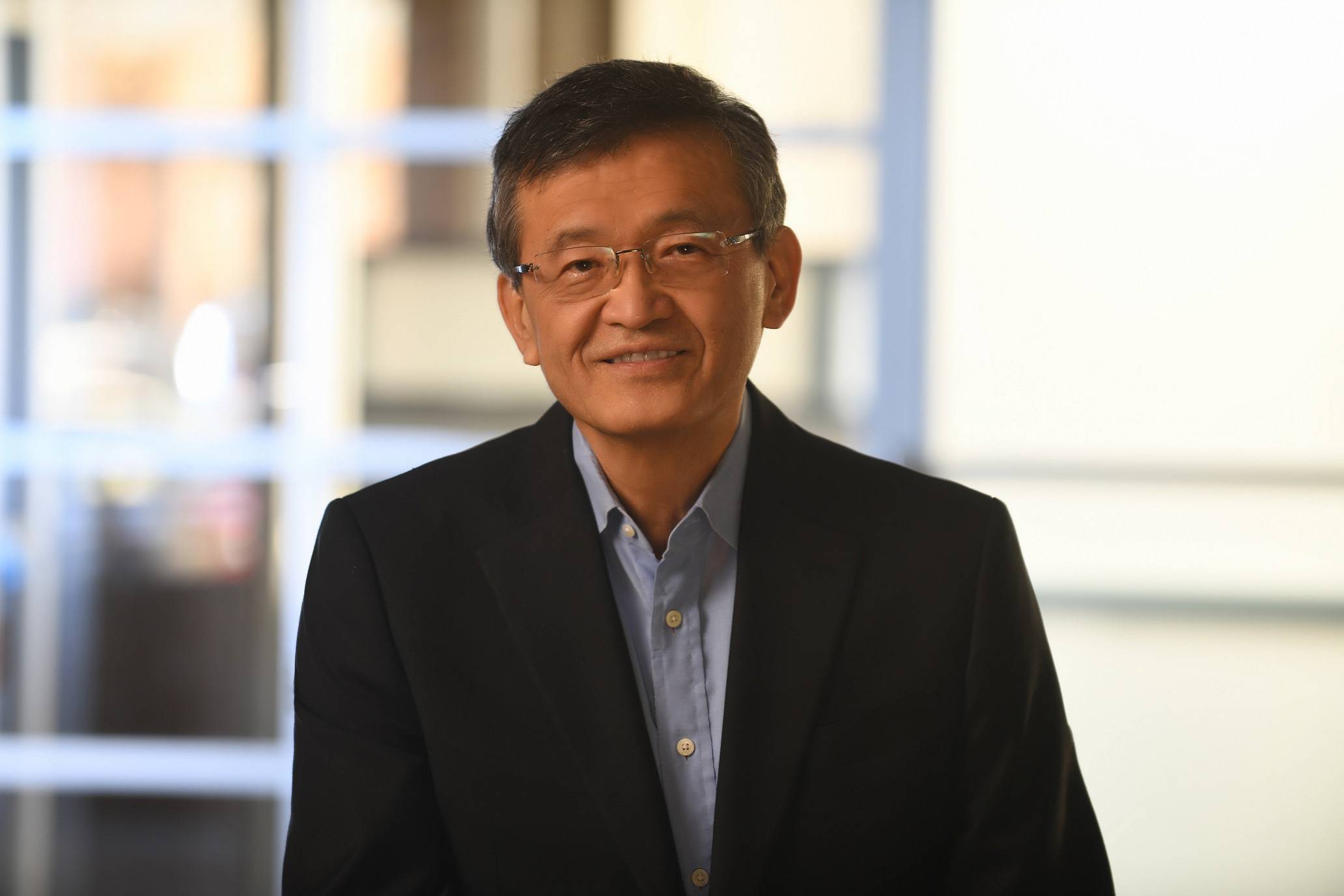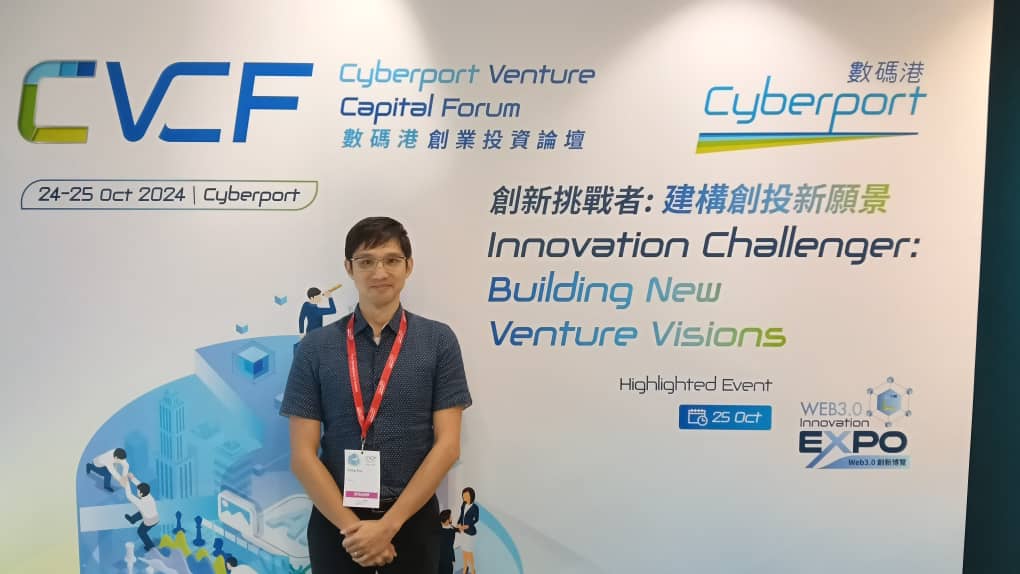Hexa Food founder, Gary Gan, opined that the U.S. has “the junkiest foods” and discovered when he ‘volunteered his body for science and blood tests’ that two weeks of eating healthy barley oats comes to naught after just three days of junk food ingestion. This hands-on R&D approach to ‘product development’ should come as no surprise, because the HEXA brand name is a blend of the words ‘Healthy’ and ‘Extra’.
Gary Gan’s entry into the food business was not a deliberate choice, but a ‘putting out the fires’ response when Krisanya, the popular Malaysian atta flour maker, faced a business crisis.
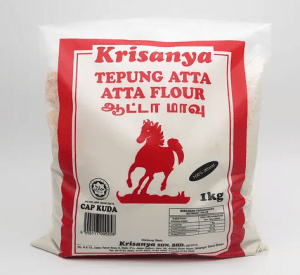
A flagship product
The ‘crisis’ took 4 years to mitigate, after which Hexa Food was launched in 2007, with general products like spice. But it wasn’t long before the need for differentiation in a market dominated by established players like Babas and Adabi, became apparent.
So, he started to shape the identity of the spice company by slowly adding products like herbs, then seasoning, then lifestyle products ie. breakfast oats. At one point in the interview, he said, “If the past decade we were a spice company, this decade we should position ourselves as an ingredients company.”

Gary Gan caught up with CXpose.tech’s Cat Yong, recently, over coffee.
Those unversed in the art of cooking, like yours truly, may wonder what the difference is between spices and ingredients, to which Gary responded, “Ingredients is a big business. It comprises spices, herbs, and seasoning.”
So, while the initial foray into the food industry may have been unplanned, Gary has since embraced the opportunity and guided the company’s strategic development in subsequent years.
But, the founder had also shared, “Food is very boring, you have to find a way to make it exciting.”
Which could be the reason why besides subjecting himself to extensive measurements-based product development testing, in 2018 he launched HEXAIoT, a tech startup with IoT solutions for agriculture and manufacturing.
Transparent and ‘clean’ labels
Sensors in food, water, and soil, as well as the tracking of food manufacturing processes, is a natural progression for the company that wants to create healthy and affordable food that addresses social needs.
Early in the interview, the matter of clean labels had also arisen. Gary opined, “Marketing is the root cause of the problem (of unhealthy eating), because the claims that manufacturers make, don’t make sense.”
Hexa Food itself does not make claims unless it is to jumpstart a new product. “After a certain period of time, consumers can determine and make their own conclusion based on the price, product, and packaging.”
Coca-Cola is just one example of an item that could be more transparent about what actually goes into the making of it. Instead, the less sweetened version is labelled in a way that gives the impression one can consume more of it.
“Marketing is the root cause of the problem (of unhealthy eating), because the claims that manufacturers make, don’t make sense.”
As Gary himself put it, “If Diet Coke is really a better version of Coke, then it should solve diabetes, a society disease.”
Internet of Things: Technology meets agriculture
For a very long time, Gary had noted the opportunity of offering traceability in a market where the idea of it is still in its infancy. Over a decade later, there is a glaring lack of established traceability solutions although this may soon change due to revised food regulations that came into effect in 2024.
Malaysia’s government has recently made it compulsory for food label packaging to contain more information, for example the origin countries if a product is made elsewhere besides Malaysia, the physical condition of the product, as well as the presence and quantity of nutrients like sodium and total sugars.
The food industry could do with more transparent and responsible labels, and a mechanism for accountability could also go a long way in stemming marketing claims “that don’t make sense.”
One of the ways to keep manufacturers honest is IoT and traceability solutions, which Hexa Foods offers via HEXAIoT.
“What we did with our IoT is in two parts – agriculture and manufacturing,” Gary said, adding that for the time being, IoT in agriculture is mostly to understand what is going on in the soil – its mineral composition, its moisture level, its temperature level, and so on.
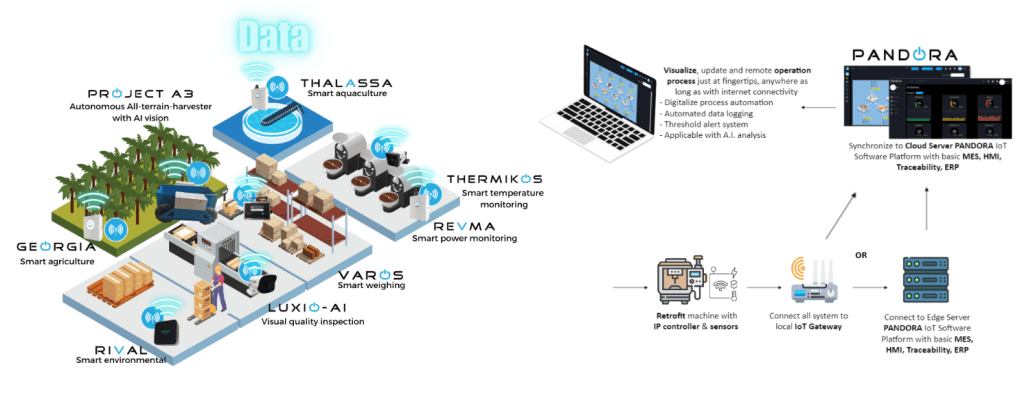
An overview of how HEXAIoT’s solution revolves around the Pandora IoT software platform. Pic courtesy of HEXAIoT.
“Ultimately, it provides you with information that you otherwise can’t get.”
When it comes to their manufacturing activities, he shared, “We had to measure machines and keep track of its output, energy consumption, and more. We were already expanding into our third factory and the market did not have an IoT software solution for us. So, we developed it ourselves”
Even earlier than IoT solutions, in 2011, Hexa Food had also created its own in-house traceability because there hadn’t been a software solution to fulfil their needs.
“Traceability is something that we knew doesn’t make sense to do on a piece of paper.”

In essence, traceability collects data from processes, while IoT collects data from hardware machines, and Gary sees the two types of data merging to surface invaluable and actionable business intelligence.
HEXAIoT provides traceability capabilities to customers that want to, for example, trace all of their farming activity. This is to satisfy good agriculture practice requirements so that companies are granted the required MyGAP and MESTI certifications to produce food items.
Ambitions
“Right now, you see a lot of abandoned lands, and the reason why is because nobody likes the previous way of growing things,” he pointed out, adding that he wants to solve this problem with sustainable farming that leverages technology, and that grows high-value products in varieties and quantities that are bulk enough for contract.
Gary had also shared, “There is a lot of innovation in junk food, but for healthy foods… it is hard.” That may be the case, and Hexa Food finds itself up to the task equipped with technology, know-how, and actionable data from HEXAIoT.
With invaluable support from the tech startup, being Southeast Asia’s number one ingredients company is definitely within reach for this organization that already prices itself competitively against other established brands from the western hemisphere.

